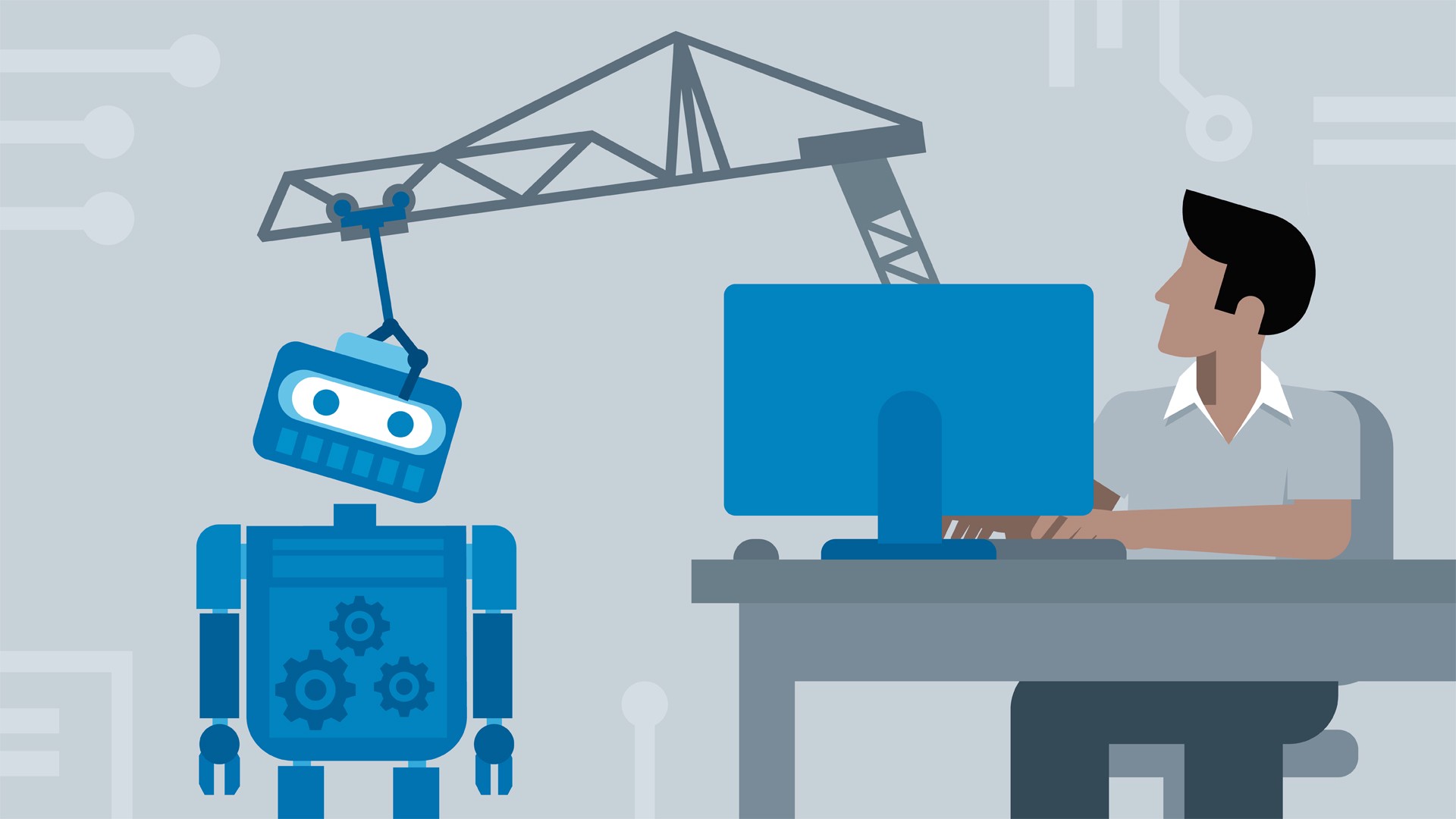August 24, 2020 / by Nithya / In update
5 things to remember before building booking chatbots
AI evolution is in full swing across businesses and chatbots are making waves. Hubspot statistics peg that 57% of the consumers are interested in chatbots for their instantaneity. The opportunities provided by chatbots go beyond answering customer enquiries. They are used to collect information, help in shopping, booking and reduce overhead costs. For chatbots to succeed, it is imperative to keep a few things in mind before building them. We have listed here a few things to remember before building a booking chatbot.
1. Design a conversation instead of a machine
Conversations with a chatbot should feel natural to the customers. As humans, we have the natural logical thinking to find out what the user wants and how we can provide it. But in the case of chatbots, you need to see each conversation in its context. It is important to plan how a conversation begins and how it should end. It would be immense use if you can track the customer’s entry points and what they were doing before starting the conversation. This can help the chatbot provide the user with the right thing at the right time. Noting how people move about through conversations can help in a thorough planning. When Hubspot statistics say that 48% of the consumers would rather connect with a company via live chat than any other means of contact, you should be doubly sure in joining all the loose ends to deliver a great customer experience.
2. Design to scale up or down
When designing a chatbot, the scale of conversations should be considered. Most often, we only think of the traffic at the time of building. But it would be a good practice to keep in mind the future load. Think about possible target groups that might use your chatbot and how can bring that about.
3. Understand your consumers
Chatbots may not be for everyone. With the messaging apps and other forms of online communication, most of the users would find it comfortable to use a chatbot. But there are some who get confused and angry about not being able to interact with a human. So you will have make efforts to make it easy for your early adopters and make them a believer. Also you should provide alternate channels for those who would not be interested in chatbots.
4. Should bots have a personality?
Your user should understand that they are interacting with a bot. The important point is you have to decide the personality of the bot. Should bots even have one? Should they be friendly/formal, use emojis, share jokes? The personality of you bot would very much depend on the situation, the personality of your customers and many other things. But it is best to start sketching it before you develop a bot. You might also be in interested in the statistics published by Business Insider 2017 that 48% of the consumers prefer a chatbot that solves issues over a chatbot that has personality.
5. Connect to real people as situation demands
Though everyone says AI is going to replace humans, right now, that is a very far-fetched scenario. Bots in their infancy stages would require a lot of help and intervention from a human counterpart. You have to remember that bots work with data and learn with the same. The more the amount of data, the better your bot will be at helping your customer. In any case, there are situations where only a human can help. So it is always mandatory to find the situations where bots should fall back to its human counterparts. If such an escape route is not provided, customers will get stuck in endless loop of bot messages with no solution in view.
Customers these days have little patience and want a fast yet relevant response. Automating bookings could help your business to give 24×7 efficient customer services. Soon sending an email and waiting for reply would be a thing of past with chatbots.
